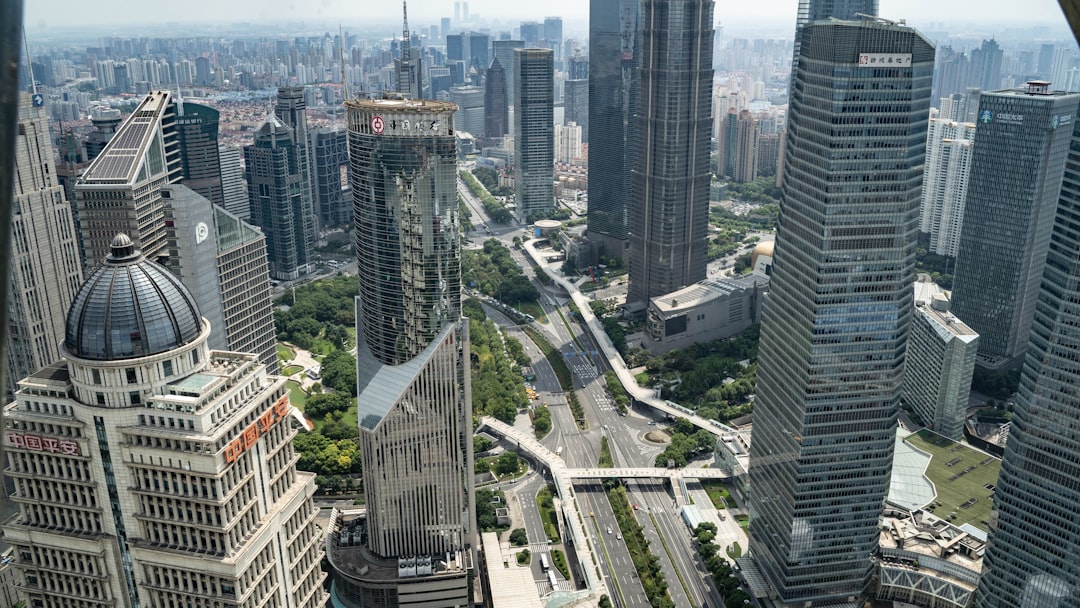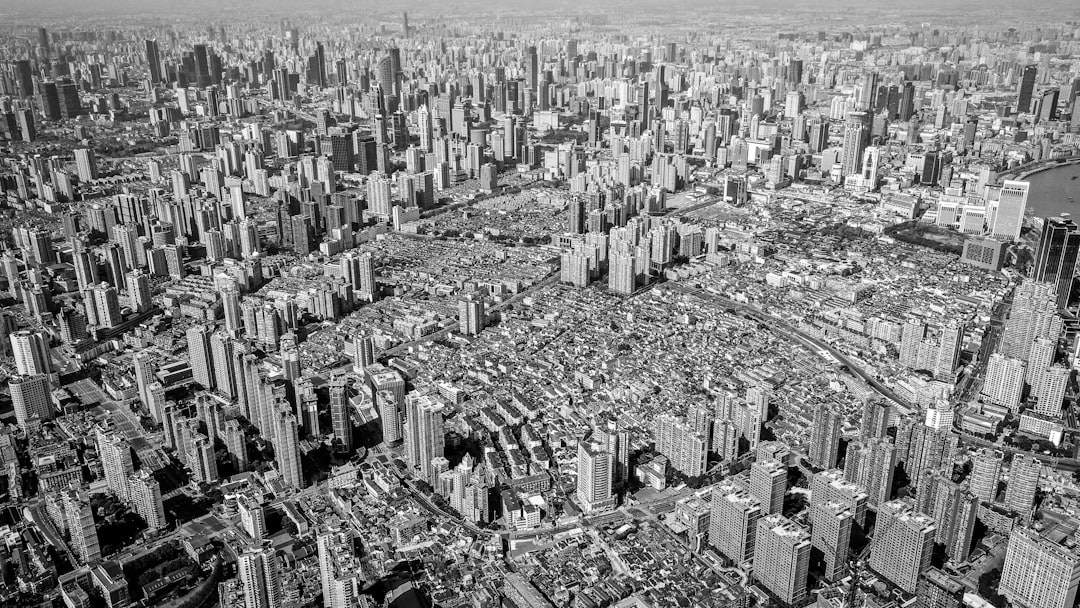The concept of Freedom Cities has emerged as a bold new experiment in urban development and governance. These are entirely new cities built from the ground up, often on undeveloped land, with the promise of limited regulation, low taxes, and innovative zoning laws. Proponents argue that Freedom Cities offer a modern vision of prosperity, entrepreneurship, and personal liberty. But some critics are quick to draw comparisons with a 19th- and 20th-century phenomenon: the company town. Can Freedom Cities really work — or are they destined to repeat the mistakes of the past?
What Were Company Towns?
Company towns were settlements built and owned by a single business, primarily during the industrial age. These towns aimed to house workers of a specific factory, mine, or mill, often far away from major urban centers. Famous examples include Pullman, Illinois (home to the Pullman Company) and Hershey, Pennsylvania (built around the chocolate empire).
While the idea seemed mutually beneficial at first, many company towns eventually failed due to:
- Monopolistic control – Employers controlled not just the workplace but housing, stores, and even schools.
- Paternalism – Workers were often subject to strict rules and surveillance, with little room for dissent.
- Economic vulnerability – When the founding company declined, the town usually collapsed with it.
The question is, can modern Freedom Cities avoid these fatal flaws?
Why Freedom Cities Are Different
Freedom Cities aim to remove bureaucratic red tape and create hubs of innovation and opportunity. Unlike company towns, which were controlled for the benefit of one employer, Freedom Cities are designed to be open to multiple investors, businesses, and residents from the start.
Key motivations behind Freedom Cities include:
- Economic experimentation – Lower taxes and fewer regulations attract startups and entrepreneurs.
- Private governance – Alternative civic models encourage decentralized or contract-based management.
- Self-sufficiency – Renewable energy systems, local food production, and smart infrastructure reduce dependency on traditional supply chains.

Some Freedom Cities are already in development across the globe. The Honduran ZEDEs (Zones for Employment and Economic Development) offer one of the most controversial case studies. While proponents argue these zones could position Honduras as a hub for digital nomads and foreign investors, critics warn of sovereignty concerns and potential exploitation of local communities.
Challenges on the Horizon
Despite their promise, Freedom Cities are not immune to complications. Unlike traditional cities, they require extensive upfront investment without a guaranteed population. Furthermore, marrying private governance with public accountability remains a difficult balance.
Potential roadblocks include:
- Legal gray areas – Who sets the laws, and how are disputes resolved?
- Equity concerns – Will only the wealthy be able to participate or benefit?
- Social cohesion – Without diverse populations and organically grown communities, cohesion and civic culture may struggle to take root.

Additionally, there’s the risk of rebuilding modern company towns under a new name. If a small group of stakeholders gains excessive control over land rights, employment, and civic life, even the forward-looking veneer of Freedom Cities may mask deeply imbalanced power dynamics.
The Road Ahead
This new urban dream is likely to succeed only if it learns from history. Modern technologies like blockchain-based voting, AI-driven infrastructure management, and open-source civic planning tools offer possibilities company towns never had. However, true success will depend on a careful alignment of individual freedom with collective responsibility.
Recommendations for sustainable Freedom City development might include:
- Democratic governance models – to ensure accountability and resident participation.
- Diverse economic ecosystems – to avoid over-reliance on a single industry or entity.
- Inclusion frameworks – to ensure the social and economic benefits are accessible to a wide population, not just affluent outsiders.
Conclusion
Freedom Cities offer a tantalizing glimpse into better urban living, promising freedom where company towns offered control. But the line between visionary and dystopian can be perilously thin. As new cities rise from empty deserts and private land, only vigilance, transparency, and inclusivity will ensure they become lighthouses of progress—not cautionary tales in a digital age.